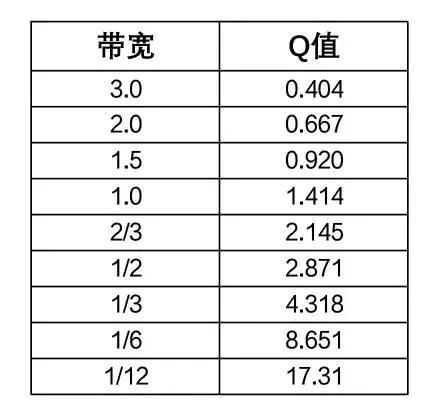An equalizer in a digital audio processor is a powerful audio tool that allows for fine adjustments of the volume of different frequencies in an audio signal. In conference sound amplification, it ensures the speaker's voice is clear and distinguishable, preventing sound distortion caused by environmental factors or equipment issues.
Today, we will delve into the core parameters of the equalizer and their interconnections, aiming to provide you with a deeper understanding of the world of equalizers.
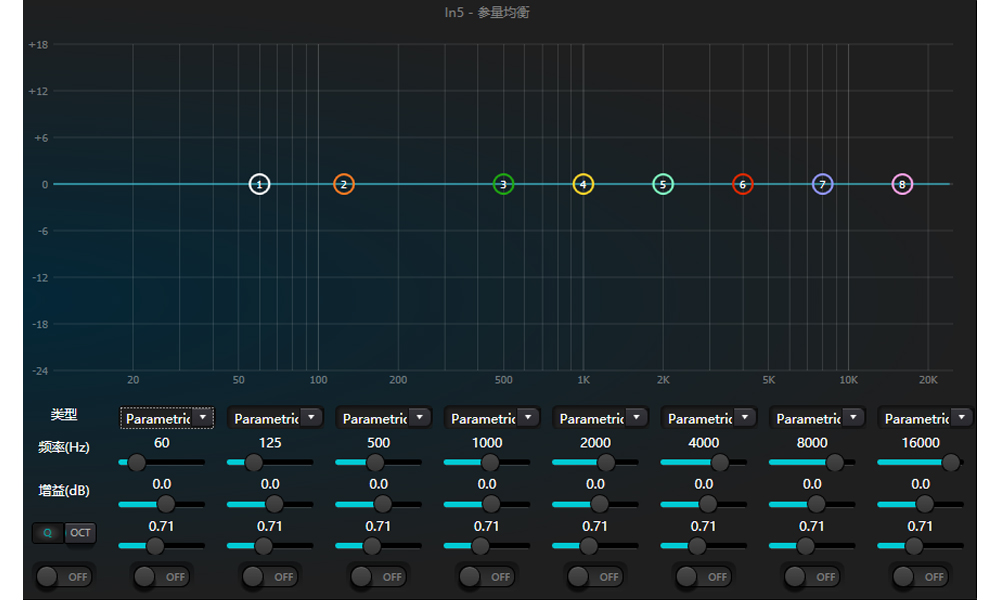
Definition: The center frequency is a specific frequency point that the equalizer focuses on when making adjustments. It acts as a central position marker on the audio spectrum map, determining the core location of the frequency band being processed and serving as the basis for subsequent adjustments.
Role: In conference amplification scenarios, accurately identifying the center frequency plays a critical role in optimizing sound quality. For example, in a conference room, a male speaker's voice usually falls within the lower frequency range, and the center frequency might be around 80 - 160Hz. Increasing the center frequency of this range can enhance the depth and authority of a male voice. In contrast, the voice of a female speaker tends to be higher, with the center frequency in the range of 200 - 400Hz. Adjusting this frequency band makes a female voice clearer and brighter, ensuring optimal presentation of voices for different genders.
Definition: The octave bandwidth is an effective way to describe the frequency range. It defines the specific interval relationship between two frequencies and is commonly used to measure the width of the frequency range in the audio field.
Application: In practical scenarios, setting the octave bandwidth is crucial for fine-tuning the sound. For example, in conference amplification where clarity is a priority, a narrower octave bandwidth, such as 1/3 octave, is typically used. This allows for more precise control over the volume of each frequency region, minimizing interference between different frequencies and ensuring that every detail of the speaker's voice is clearly conveyed.
Here, it is worth mentioning that modern professional audio applications typically use a 31-band graphic equalizer. This means there are 31 equalizer points from 20Hz to 20kHz that can be adjusted as center frequencies. The bandwidth of each band is 1/3 octave.
The specific calculation formula is as follows: f0 is the reference frequency, n is the number of octaves, and f is the desired octave frequency.
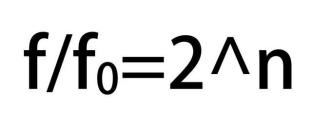
For example, starting with 20Hz as the base frequency (f0), 1/3 octave equals 25Hz. The 1/3 octave of 25Hz equals 31.5Hz, and so on until 20kHz. This divides the audible range into 31 center frequencies using 1/3 octave steps (as shown in the diagram).
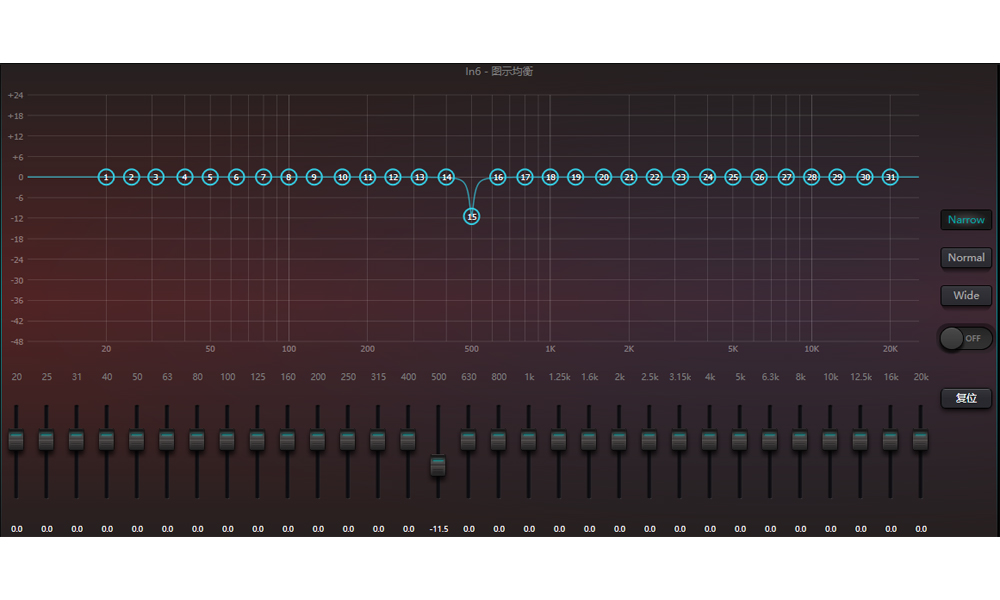
However, it is important to note that the above refers to 31 center frequency points, not bands. The 31 equalizer bands have 31 center frequencies in the diagram. The bandwidth of each center frequency varies depending on the equalizer brand or type.
Definition: The Q factor is a parameter that describes the bandwidth characteristics of the equalizer. It reflects the ratio between the frequency band width and the center frequency and determines the equalizer's ability to shape the frequency response curve.
Role: In conference amplification systems, adjusting the Q factor properly can significantly enhance sound performance. When it is necessary to highlight a particular voice or sound source, the Q factor can be increased. For example, during a courtroom trial, the witness’s testimony needs to be clear and distinct, so the Q factor is set between 3 - 5. This ensures that the equalizer will make powerful adjustments around the center frequency of the witness's voice, making each word distinctly audible with minimal impact on surrounding sounds. Conversely, for creating an overall harmonious atmosphere, such as in background music during a conference, the Q factor can be lowered between 1 - 2 to produce a softer effect over a broader frequency range, without interfering with the main content of the meeting.
The bandwidth (BW) mentioned here is sometimes represented by the letter Q (Quality Factor). The relationship between Q factor and bandwidth can be simplified by the following formula: fc is the center frequency, BW is the bandwidth, and Q is the Q factor.
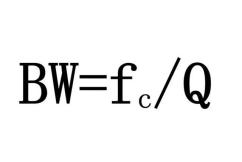
At this point, one might mistakenly think of bandwidth and Q factor as having an inverse relationship, but this is not entirely accurate. The calculation of bandwidth or Q factor is based on the center frequency, taking the two points where the frequency is increased or decreased by 3dB as the bandwidth calculation values.
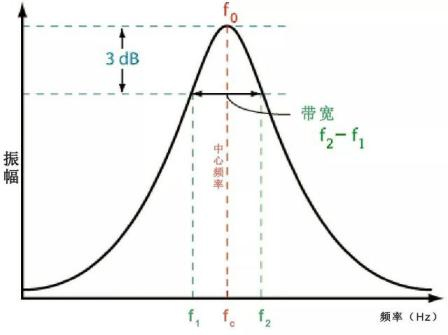
At this point, one might mistakenly think of bandwidth and Q factor as having an inverse relationship, but this is not entirely accurate. The calculation of bandwidth or Q factor is based on the center frequency, taking the two points where the frequency is increased or decreased by 3dB as the bandwidth calculation values.
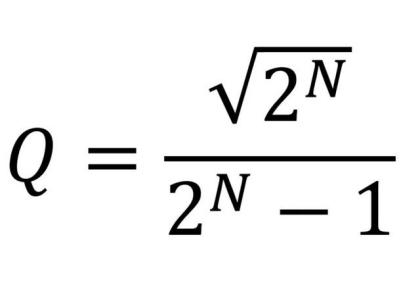
For instance, the Q factor of a bandwidth spanning two octaves is approximately 0.6667, while one octave yields about 1.414. For convenience, a Q factor to bandwidth conversion chart is provided below for rough estimation.
